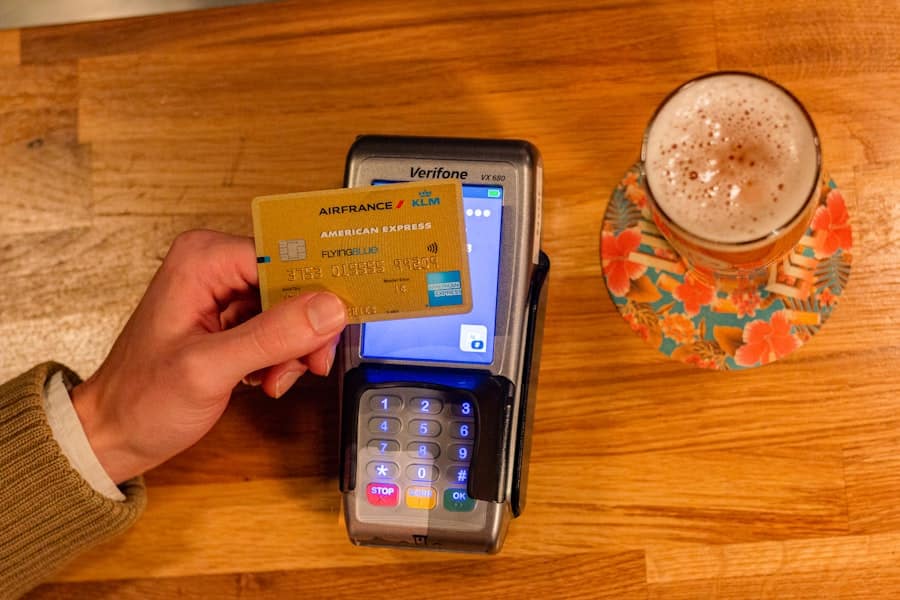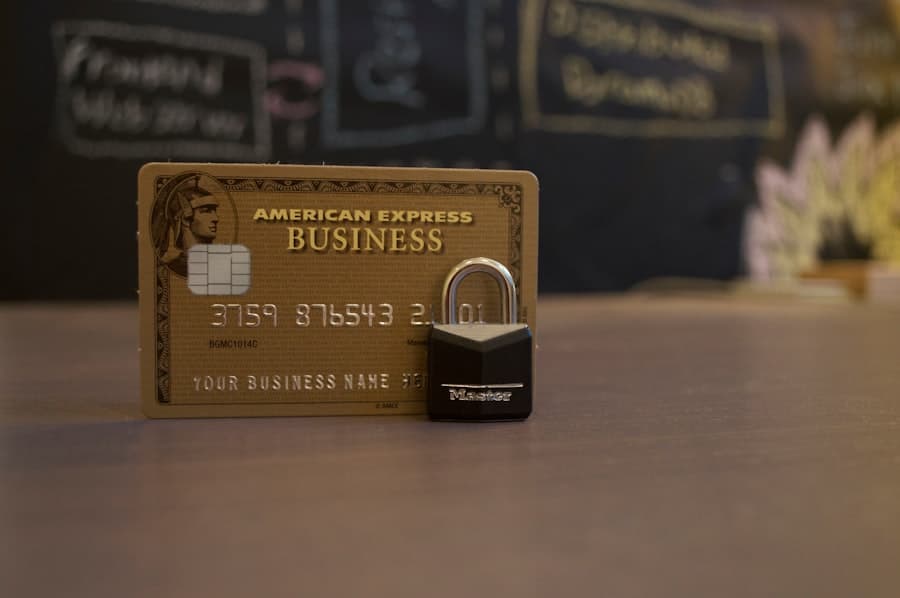In recent years, digital wallets have surged in popularity, transforming the way consumers conduct transactions.
Digital wallets, which allow users to store payment information, loyalty cards, and even identification documents in a virtual format, have become a convenient alternative to traditional cash and credit card transactions.
Companies like Apple, Google, and Samsung have developed their own digital wallet solutions, making it easier for consumers to make purchases with just a tap or a swipe. The COVID-19 pandemic further accelerated the adoption of digital wallets as people sought contactless payment options to minimize physical interactions. Retailers and service providers quickly adapted to this trend by integrating digital wallet capabilities into their point-of-sale systems.
As a result, consumers have embraced the convenience of making payments through their smartphones, leading to a significant increase in mobile payment transactions. According to a report by Statista, the global mobile payment market is projected to reach over $12 trillion by 2025, highlighting the growing reliance on digital wallets in everyday financial activities.
Key Takeaways
- Digital wallets are becoming increasingly popular for making payments and storing personal information.
- It is crucial to secure personal information when using digital wallets to prevent identity theft and fraud.
- Potential risks and threats to digital wallets include hacking, phishing, and malware attacks.
- Security measures for digital wallets include using strong passwords, enabling multi-factor authentication, and keeping software up to date.
- Encryption and tokenization play a key role in protecting sensitive data within digital wallets.
The Importance of Securing Personal Information
As digital wallets gain traction, the importance of securing personal information cannot be overstated. These platforms often store sensitive data, including credit card numbers, bank account details, and personal identification information. A breach of this data can lead to identity theft, financial loss, and a host of other complications for consumers.
Therefore, understanding the security measures in place and the potential vulnerabilities is crucial for anyone using a digital wallet. Moreover, the convenience of digital wallets can sometimes lead users to overlook security protocols. Many individuals may not realize that their personal information is at risk if they do not take appropriate precautions.
For instance, using weak passwords or failing to enable two-factor authentication can leave accounts vulnerable to unauthorized access. As digital wallets become more integrated into daily life, consumers must prioritize safeguarding their personal information to mitigate risks associated with data breaches and cyberattacks.
Potential Risks and Threats

Despite the convenience offered by digital wallets, they are not without risks. One of the most significant threats is the potential for hacking. Cybercriminals are constantly developing new methods to exploit vulnerabilities in digital wallet systems.
For example, phishing attacks can trick users into providing their login credentials or personal information by masquerading as legitimate services. Once hackers gain access to a user’s account, they can easily drain funds or make unauthorized purchases. Another risk associated with digital wallets is the possibility of device theft or loss.
If a smartphone containing a digital wallet is stolen, the thief may gain access to sensitive financial information if proper security measures are not in place. Additionally, malware can infect devices and compromise the security of digital wallets. Users may unknowingly download malicious applications that can capture keystrokes or access stored data without their consent.
These threats underscore the need for robust security practices when using digital wallets.
Security Measures for Digital Wallets
To counteract the risks associated with digital wallets, various security measures have been implemented by service providers. One of the most effective methods is encryption, which encodes data so that it can only be read by authorized parties. When users make transactions through a digital wallet, their payment information is encrypted during transmission, making it difficult for hackers to intercept and misuse the data.
Additionally, many digital wallet providers offer biometric authentication options such as fingerprint scanning or facial recognition. These features add an extra layer of security by ensuring that only the authorized user can access the wallet. Furthermore, transaction alerts and notifications can help users monitor their accounts for any suspicious activity.
By promptly addressing unauthorized transactions, users can minimize potential losses and enhance their overall security posture.
The Role of Encryption and Tokenization
Encryption and tokenization are two critical technologies that play a vital role in securing digital wallets. Encryption transforms sensitive data into an unreadable format that can only be decrypted with a specific key or password. This means that even if data is intercepted during transmission, it remains protected from unauthorized access.
For instance, when a user makes a purchase using a digital wallet, their credit card information is encrypted before being sent to the merchant’s server. Tokenization complements encryption by replacing sensitive data with unique identifiers or tokens that have no intrinsic value outside of the specific transaction context. This means that even if a hacker gains access to tokenized data, they cannot use it for fraudulent purposes since it does not contain any actual financial information.
Many major payment processors utilize tokenization to enhance security during transactions, significantly reducing the risk of data breaches.
Best Practices for Consumers

Consumers play a crucial role in ensuring the security of their digital wallets. One of the most effective best practices is to use strong, unique passwords for each account associated with a digital wallet. Passwords should be complex and include a mix of letters, numbers, and special characters.
Additionally, enabling two-factor authentication adds an extra layer of protection by requiring users to verify their identity through a secondary method, such as a text message or authentication app. Regularly updating software and applications is another essential practice for maintaining security. Software updates often include patches for known vulnerabilities that could be exploited by cybercriminals.
Users should also be cautious about downloading apps from untrusted sources, as these may contain malware designed to compromise their devices and digital wallets. Finally, monitoring account activity regularly allows users to detect any unauthorized transactions promptly and take appropriate action.
The Impact of Data Breaches
Data breaches can have devastating consequences for both consumers and businesses alike. When sensitive information stored in digital wallets is compromised, it can lead to identity theft and financial fraud for individuals affected by the breach. Victims may face long-term repercussions as they work to restore their credit scores and recover lost funds.
Moreover, the emotional toll of having one’s personal information exposed can lead to anxiety and stress. For businesses, data breaches can result in significant financial losses due to legal liabilities, regulatory fines, and damage to reputation. Companies that fail to protect customer data may lose consumer trust and face challenges in retaining existing customers or attracting new ones.
The fallout from a data breach can be extensive; therefore, organizations must prioritize cybersecurity measures to safeguard sensitive information and maintain customer confidence in their digital wallet services.
The Future of Digital Wallet Security
As technology continues to evolve, so too will the landscape of digital wallet security. Emerging technologies such as artificial intelligence (AI) and machine learning are expected to play a pivotal role in enhancing security measures for digital wallets. These technologies can analyze transaction patterns in real-time to detect anomalies that may indicate fraudulent activity.
By leveraging AI-driven algorithms, service providers can proactively identify potential threats and respond more effectively. Additionally, as regulatory frameworks surrounding data protection become more stringent globally, companies will need to adapt their security practices accordingly. Compliance with regulations such as the General Data Protection Regulation (GDPR) in Europe or the California Consumer Privacy Act (CCPA) in the United States will necessitate robust data protection strategies that prioritize consumer privacy and security.
In conclusion, while digital wallets offer unparalleled convenience for consumers in managing their finances and making transactions, they also present unique challenges regarding security and privacy. As users increasingly rely on these platforms for everyday transactions, understanding the importance of securing personal information and implementing best practices will be essential in navigating this evolving landscape safely. The future promises advancements in technology that will further enhance security measures; however, consumer vigilance remains paramount in safeguarding against potential risks associated with digital wallets.
In today’s rapidly evolving digital landscape, the security of digital wallets has become a paramount concern for consumers, as they increasingly rely on these platforms for financial transactions. This priority is underscored by the growing need for robust security measures to protect sensitive information from cyber threats. A related article that delves into the technological advancements shaping our digital experiences is Unlock a New World of Possibilities with the Samsung Galaxy Chromebook. This article explores how cutting-edge devices, like the Samsung Galaxy Chromebook, are enhancing user experiences while emphasizing the importance of security in the digital age.
FAQs
What is a digital wallet?
A digital wallet is a software-based system that securely stores users’ payment information and passwords for numerous payment methods and websites. It allows users to make electronic commerce transactions quickly and securely.
Why is digital wallet security important?
Digital wallet security is important because it involves the protection of sensitive financial and personal information. Without proper security measures, users are at risk of identity theft, fraud, and unauthorized access to their funds.
What are some common security threats to digital wallets?
Common security threats to digital wallets include phishing attacks, malware, unauthorized access, and data breaches. These threats can lead to financial loss and compromise of personal information.
How can consumers protect their digital wallets?
Consumers can protect their digital wallets by using strong, unique passwords, enabling two-factor authentication, keeping their devices and software up to date, and being cautious of phishing attempts and suspicious links.
What are some best practices for digital wallet security?
Best practices for digital wallet security include using reputable digital wallet providers, regularly monitoring account activity, and being cautious when sharing personal information online. It’s also important to use secure networks and to avoid storing sensitive information on unsecured devices.

